“It takes a village to raise a child.”
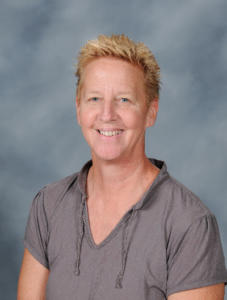
D’Ann Horrocks is the Director of Partners in Transition at Woodland Public Schools
The African proverb is one that most educators are very familiar with. Most have probably even used it once or twice when referring to the way the various aspects of the public education system must come together to fully support the educational and social-emotional development of all children. It’s also a phrase that one Cowlitz County educator, D’Ann Horrocks, takes to heart and uses in daily practice to build robust community networks that support her students with special needs who are in the process of transitioning from high school to an independent adult life.
Horrocks is the director of Partners in Transition, an 18-21 transition program based in Woodland School District. After being a classroom special education teacher for 20 years, she said she started to see there was a need for increased support for 18-21 transition students in her district. She sought to create an environment, with the school district’s support, that would “foster greater independence, increased community access, and a strong focus on work experience and independent life skills” for young adult special education students.
Woodland Public Schools greenlighted the project, and Horrocks got to work making the dream become a reality. The small but prosperous program is run from a house just across the street from Woodland School District’s main office. Students spend half of their school day on variety of work sites and the other half of the day doing activities to meet the academic requirements of their individualized education program (IEP) and independent living skills needs.
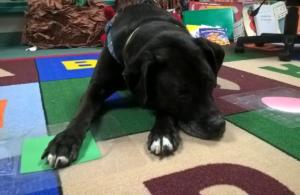
Ollie helps students with emotional challenges
To round the school day out, Horrocks even provides her own therapy dog, Ollie, to help students with emotional challenges. Having regular access to a therapy animal is a key component to emotional development for several students, allowing them to focus better on developing other areas of their lives as well.
“Ollie helps meet the students’ emotional needs,” said Horrocks. “Adding him to our program gave students who have difficulties connecting emotionally access to the comfort they need to thrive.”
One of the program’s major factors for success, according to Horrocks, is the vast network of community and business partners she has built to facilitate her students’ growth into productive adults who are capable of supporting business and industry needs right in their own community.
“Partnerships are essential for assisting students to achieve at their maximum potential,” said Horrocks. “We have always known that parents and greater community involvement have been an essential building block for our schools and we need to shine a light on the important role they play.”
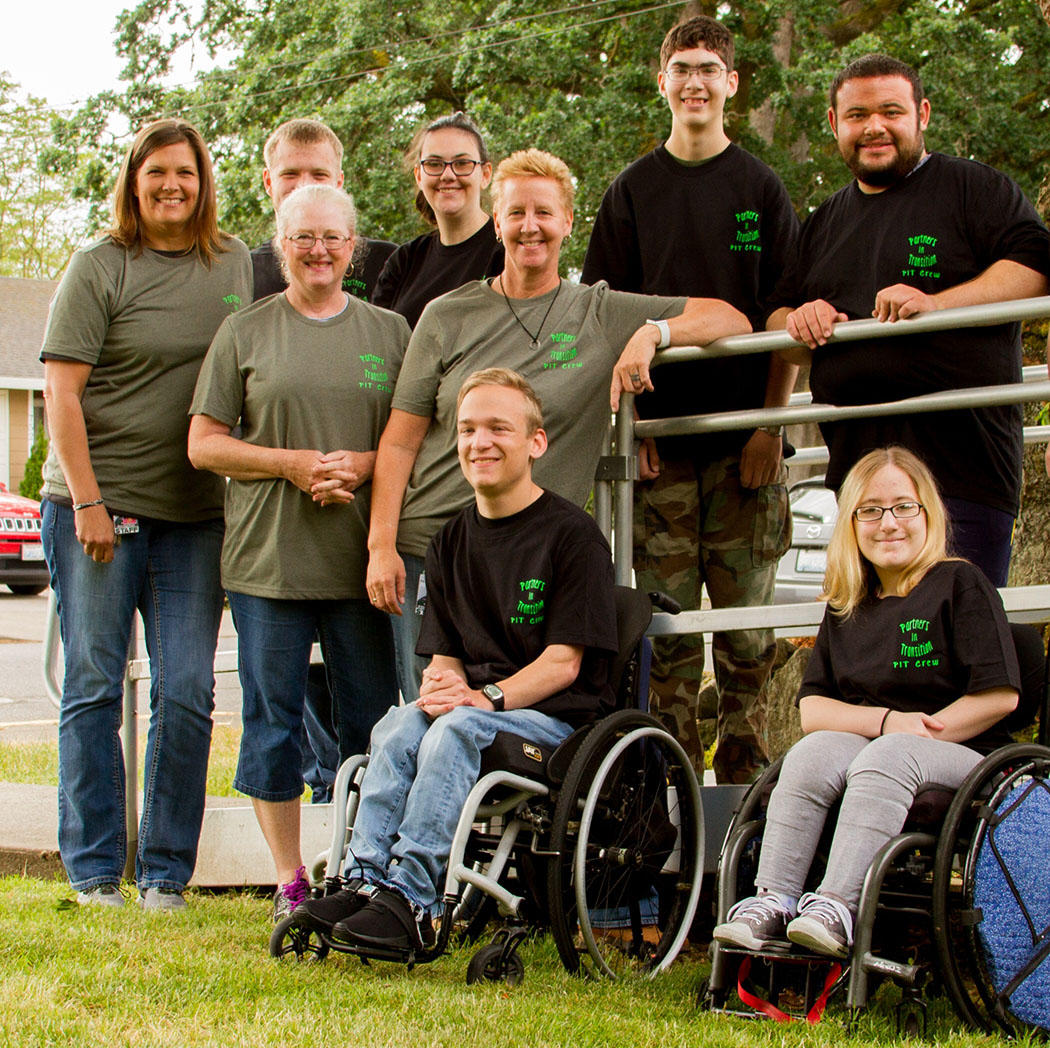
As part of their personal life skills development and preparation for entering the workforce, PIT students work for a variety of student-run businesses, such as the PIT Crew car detailing business, personalized grocery shopping services for community members, and the production of handmade dog treats. The students market and sell their services and products to local community members, and the proceeds from those sales fund activities like social outings, student transportation, and other community exploration activities.
In addition to working with her community to provide ample opportunities for her students to succeed in life, Horrocks is also highly regarded among her peers and colleagues for being an exceptionally good person and teacher.
“D’Ann shares her positive outlook and empowerment of others wherever she goes whether it is in the district or in the community,” said Woodland Middle School counselor Dee Ray. “She never lets the fact that her students have disabilities or live in a rural community limit opportunities for them to grow.”
It’s clear that the work Horrocks is doing is working—not just for the students she already knew and was working with, but for students in other nearby school districts as well. The program now serves students from surrounding school districts such as La Center, Ridgefield, and Kalama, and Horrocks has been contracted by another local district to develop and implement their own similar program. In addition, 33 percent of PIT students are currently employed in and around Woodland communities, compared to state average of six percent for students with special needs. That’s an incredible return on investment.
“I’m proud to say that [Partners in Transition] has given our students the tools to make real changes in their lives,” said Horrocks. “They’re branching out and choosing to move into residential homes with peers, engaging socially, and becoming gainfully employed as well as becoming more involved in their community. It’s amazing to see.”
For more information about Partners in Transition, visit their program website.

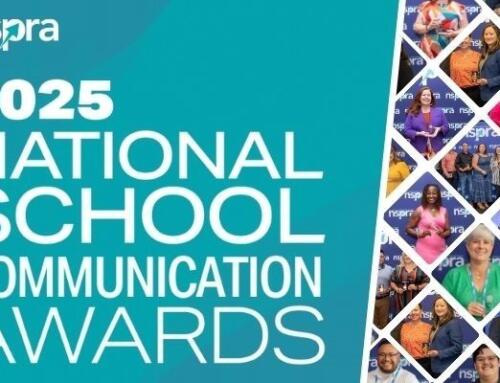
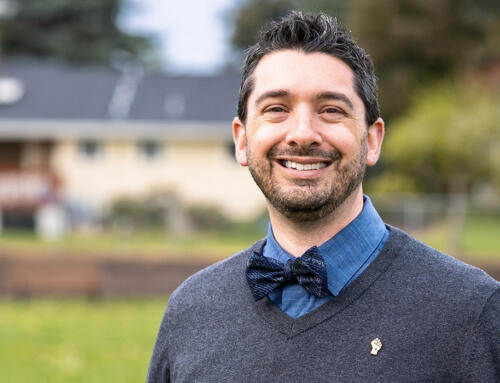
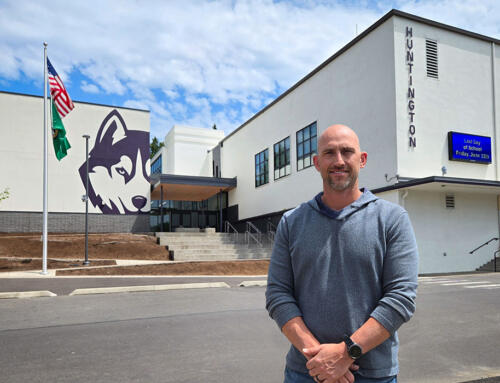
 ESD 112 equalizes educational opportunities for learning communities through innovative partnerships, responsive leadership, and exceptional programs.
ESD 112 equalizes educational opportunities for learning communities through innovative partnerships, responsive leadership, and exceptional programs.